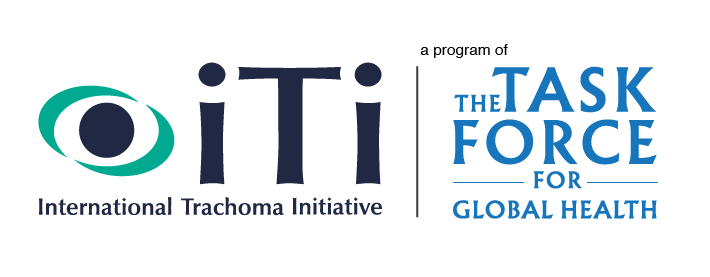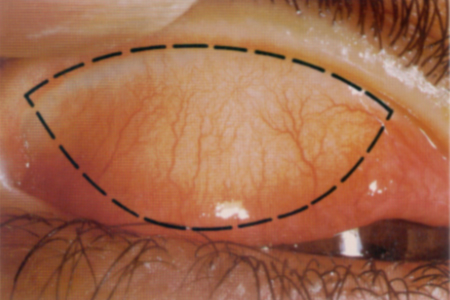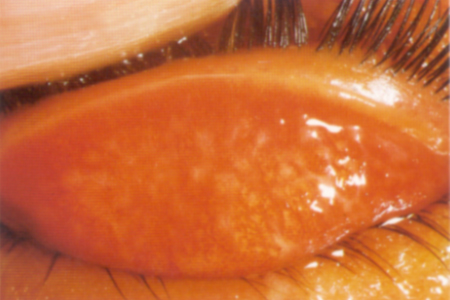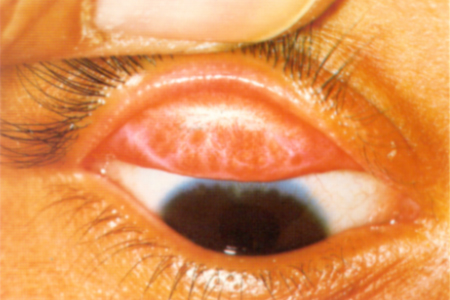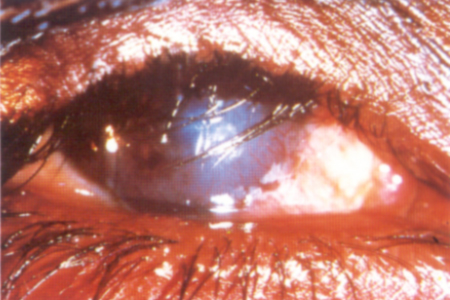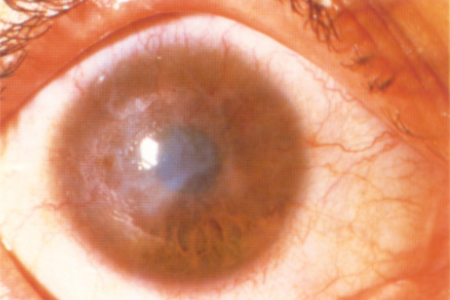After repeated trachoma infections, the inside of a person’s eyelid can become scarred and turn inward, causing the eyelashes to scrape against a person’s eye with each blink. This condition is called trichiasis, and without immediate, corrective surgery, a person with trichiasis will slowly and painfully become blind.

We Can Stop One of the World’s Leading Causes of Blindness by 2030
An eye disease, trachoma is one of the oldest diseases known to humankind and one of the most preventable. Caused by the bacterium Chlamydia trachomatis, trachoma often begins as a childhood illness, spreading easily from child to child, and from child to caregiver.
The disease used to exist throughout Europe and the United States, even into the 20th century. Improvements in living conditions in many parts of the world have wiped out trachoma, but 103.2 million people are still at risk. The International Trachoma Initiative (ITI) works to permanently end the unnecessary suffering and severe disability trachoma causes. Learn more about where trachoma exists, and how ITI is helping endemic communities.
Trachoma and the blindness it causes, can be prevented and treated through a series of simple interventions the World Health Organization endorses called the SAFE Strategy: Surgery, Antibiotics, Facial cleanliness and Environmental Improvements. Each of the interventions must be implemented over the long term to prevent permanent blindness and disability from trachoma. Learn how ITI and its partners implement the SAFE Strategy in the communities where we work.
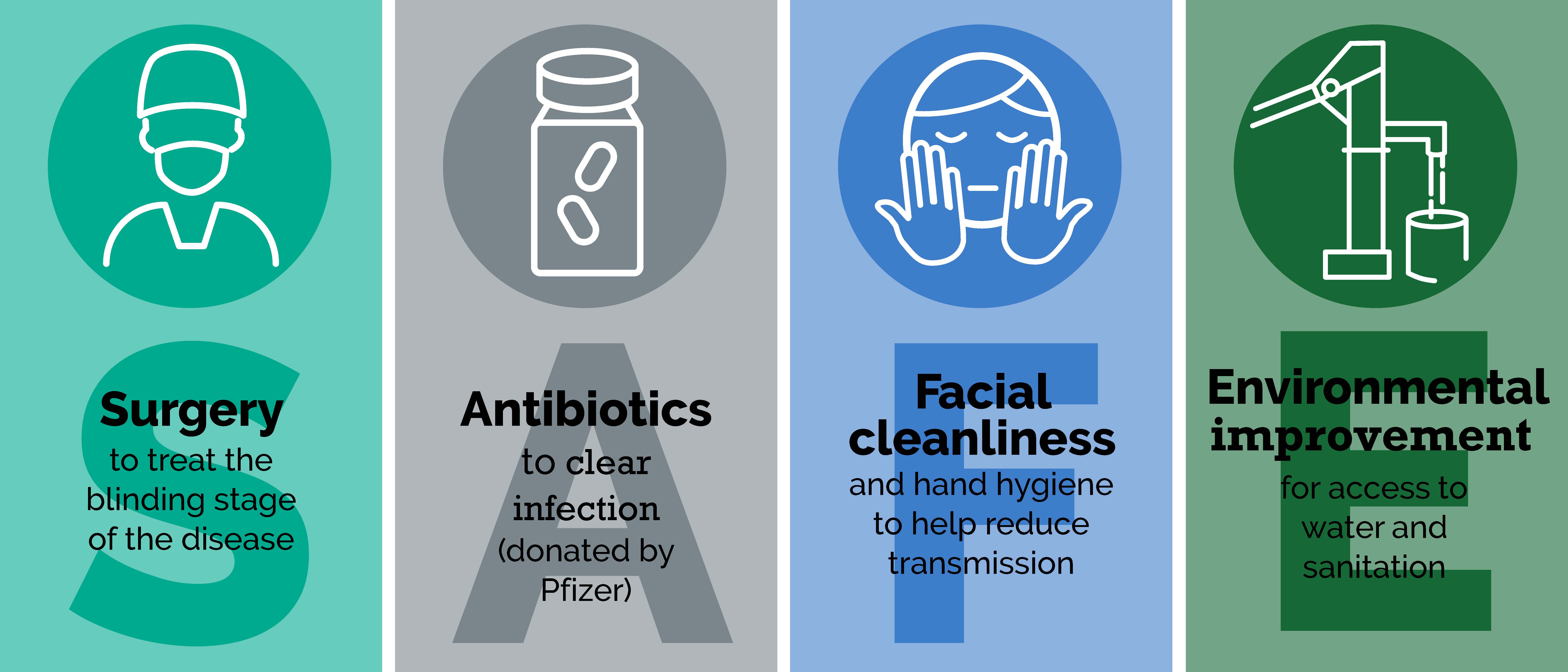
Trachoma Facts
The World Health Organization categorizes trachoma as a 'neglected tropical disease,' or NTD. NTDs thrive in the southern hemisphere among communities living in extreme poverty.
The vast majority of the communities at greatest risk for trachoma live in 14 countries. Africa is the most trachoma-endemic continent.
The SAFE Strategy to prevent and treat blinding trachoma addresses the broader poverty and development issues, improving quality of life for millions of people in some of the poorest countries.

Stopping trachoma helps communities, especially women, lift themselves out of poverty
Trachoma mainly exists in communities where extreme poverty has made it more difficult to improve environmental sanitation or to provide basic health education such as promoting hand and face washing.
People suffering from the advanced, blinding stage of trachoma experience severe pain and diminishing vision, preventing them from contributing to their families’ economic livelihood, or even taking care of themselves.
Women are twice as likely as men to go blind from repeated trachoma infections due to their role as traditional caretakers of children, who often are the primary hosts for the disease in their communities.
Tragically, in many cultures, a woman who cannot perform her household duties due to trachoma or another illness may be abandoned by her family, or an older daughter may be taken out of school to assume her mother’s responsibilities.
As a result, trachoma worsens an already challenging situation for communities living on the edge of survival, and decreases overall economic opportunities for women. Some estimates suggest trachoma can cost affected communities as much as US $2.9 billion per year in lost productivity.
You can join ITI’s efforts to defeat trachoma
There are many ways you can support our efforts to end blindness from trachoma by 2030: through helping raise awareness about trachoma within your community; by donating to the Task Force for Global Health; or as a potential employee.
